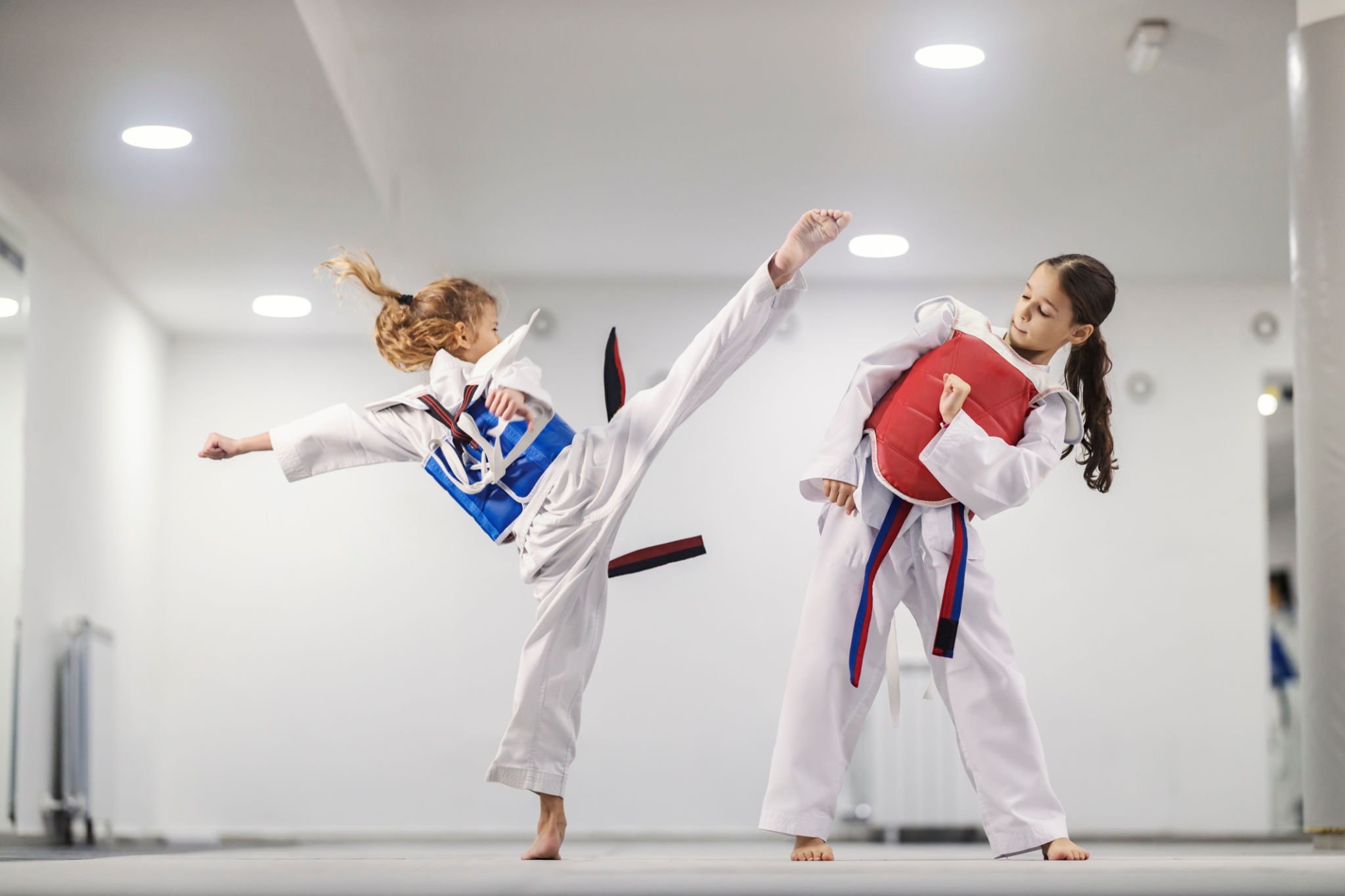Top Martial Arts Techniques for Self-Defense
Understanding the Basics of Self-Defense
In today's world, learning self-defense techniques is not just beneficial but essential for personal safety. Martial arts offer a wide array of techniques that can be extremely effective in self-defense situations. These techniques are designed to help individuals protect themselves against potential threats while increasing their confidence and physical fitness.
Martial arts encompass various styles, each with its own unique set of skills and techniques. Whether you're a beginner or an experienced practitioner, understanding the foundational elements of martial arts can significantly enhance your ability to defend yourself.

Striking Techniques
Striking is one of the fundamental aspects of martial arts. Techniques such as punches, kicks, elbows, and knees are essential tools for self-defense. Proper execution involves not only strength but also precision and timing. Some of the most effective striking techniques include:
- Jab: A quick, straight punch that can be used to gauge distance and create openings.
- Roundhouse Kick: A powerful kick delivered with the instep or shin, targeting the opponent's midsection or head.
- Elbow Strike: A close-range strike using the elbow, useful in tight spaces.
Each of these strikes can be practiced in various martial arts disciplines, including Muay Thai, Karate, and Taekwondo. Mastery of striking techniques requires rigorous training and practice.
Grappling Techniques
Grappling techniques are integral to self-defense, especially when a confrontation moves to close quarters. These techniques focus on controlling or subduing an opponent without striking. They include throws, joint locks, and holds. Brazilian Jiu-Jitsu (BJJ) and Judo are renowned for their effective grappling techniques.
- Armbar: A submission hold that hyperextends the opponent's elbow joint.
- Rear-Naked Choke: A chokehold that applies pressure to the neck, restricting air supply.
- Hip Throw: A technique used to off-balance and throw an opponent using the hips.

Defensive Techniques
While offensive techniques are crucial, knowing how to defend yourself effectively is equally important. Defensive maneuvers in martial arts help you avoid or mitigate attacks while positioning yourself for a counterattack. Some key defensive techniques include:
- Block: Using arms or legs to deflect incoming strikes.
- Dodge: Moving out of the way of an attack to avoid contact.
- Parry: Redirecting an opponent's strike with minimal contact.
Practicing defensive moves enhances your ability to anticipate attacks and respond effectively under pressure.
The Role of Awareness and Confidence
An often overlooked aspect of self-defense is situational awareness and confidence. Martial arts training instills a heightened sense of awareness, enabling practitioners to recognize potential threats before they escalate. Confidence gained through training can deter potential aggressors, as they may perceive you as a less vulnerable target.

Furthermore, martial arts encourage discipline and mental resilience, which are vital in high-stress situations. By maintaining composure and utilizing learned techniques effectively, individuals can navigate dangerous scenarios with greater ease.
Choosing the Right Martial Art for You
Selecting the right martial art depends on personal preferences, physical capabilities, and self-defense goals. While some may prefer the striking techniques of Karate or Taekwondo, others might gravitate towards the grappling emphasis in Judo or Brazilian Jiu-Jitsu. Exploring different styles and finding what resonates best with you is key to a successful martial arts journey.
Ultimately, the best self-defense technique is one that you feel comfortable executing under pressure. Consistent practice and dedication to honing your skills will ensure you're prepared when you need it most.